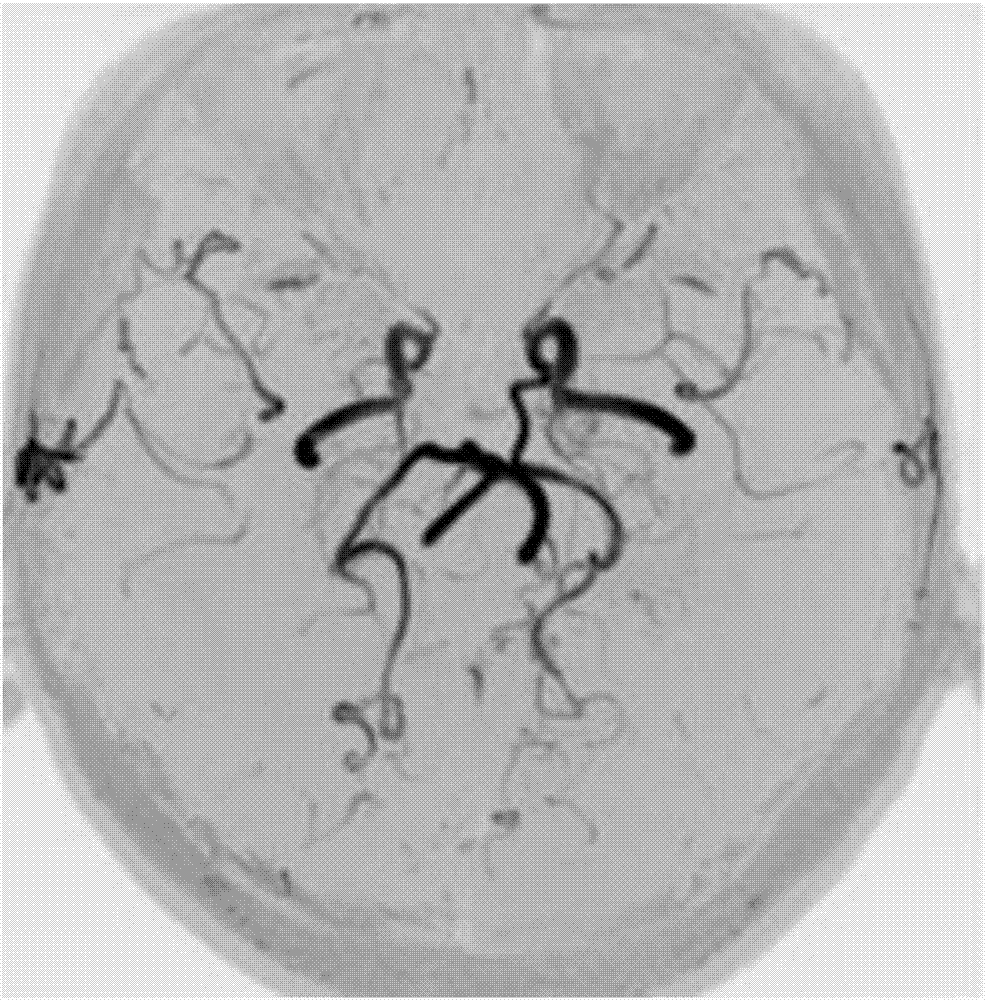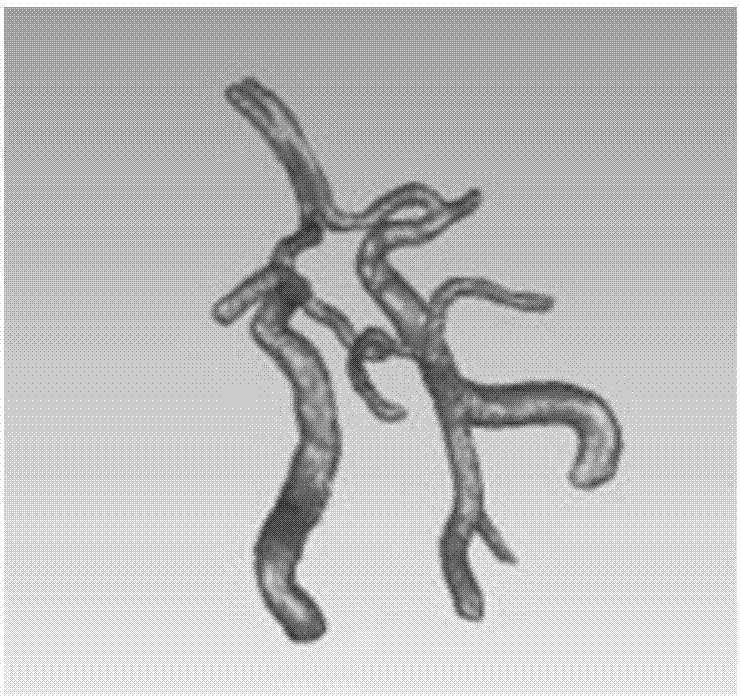Computational fluid mechanics-based cerebrovascular reserve capacity simulation system and method
A computational fluid dynamics and simulation system technology, applied in computing, radiological diagnostic instruments, medical science, etc., can solve problems such as invasive measurement methods, low spatial resolution, and inability to provide reserves of blood vessels and vascular networks , to avoid deviation
- Summary
- Abstract
- Description
- Claims
- Application Information
AI Technical Summary
Problems solved by technology
Method used
Image
Examples
Embodiment Construction
[0031] In order to make the object, technical solution and advantages of the present invention more clear, the present invention will be further described in detail below in conjunction with the examples. It should be understood that the specific embodiments described here are only used to explain the present invention, not to limit the present invention.
[0032] like figure 1 As shown, the cerebrovascular reserve force simulation system based on computational fluid dynamics provided in this embodiment includes,
[0033] The image data acquisition module is used for acquiring computed tomography images of the geometric structure of cerebral vessels. In this example, the computed tomography images of head and neck vessels are collected on 3.0T magnetic resonance using TOF-MRA MRI sequence, as shown in figure 2 shown. The image data acquisition module also uses magnetic resonance Phase-contrast MRI (PC-MRI) phase-enhanced sequence to acquire phase-enhanced images of the ent...
PUM
 Login to View More
Login to View More Abstract
Description
Claims
Application Information
 Login to View More
Login to View More - R&D
- Intellectual Property
- Life Sciences
- Materials
- Tech Scout
- Unparalleled Data Quality
- Higher Quality Content
- 60% Fewer Hallucinations
Browse by: Latest US Patents, China's latest patents, Technical Efficacy Thesaurus, Application Domain, Technology Topic, Popular Technical Reports.
© 2025 PatSnap. All rights reserved.Legal|Privacy policy|Modern Slavery Act Transparency Statement|Sitemap|About US| Contact US: help@patsnap.com



